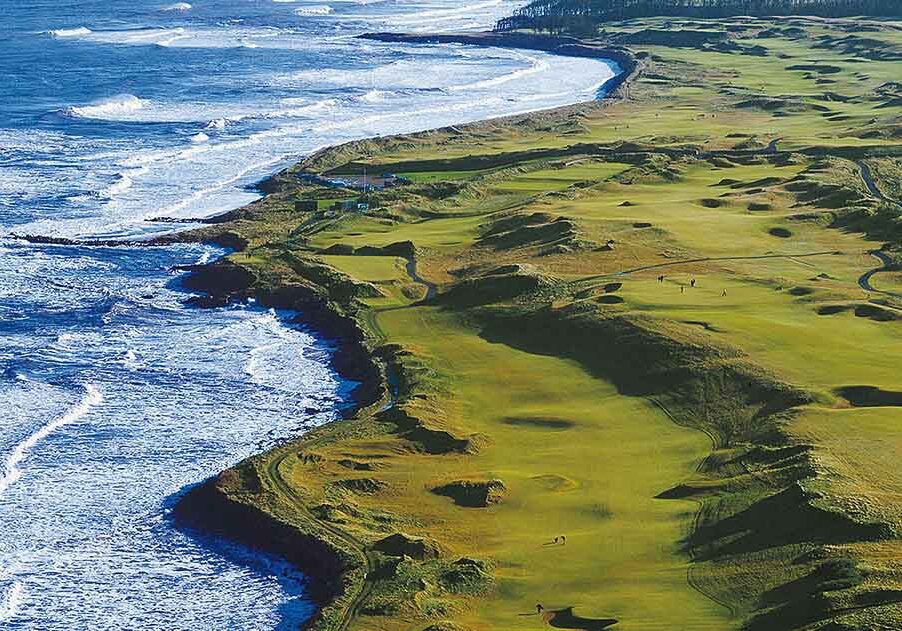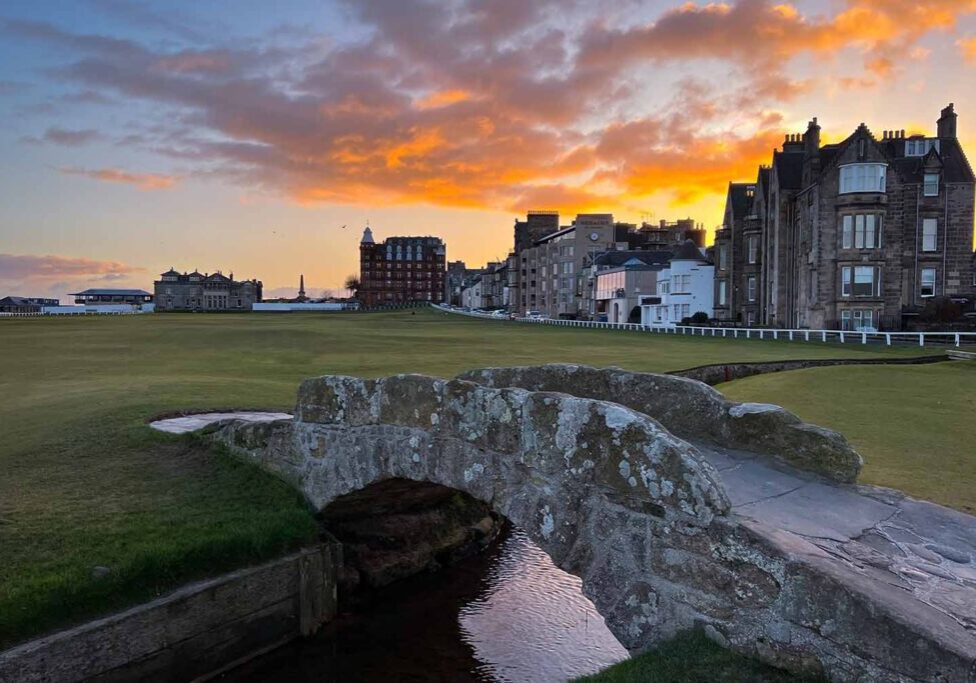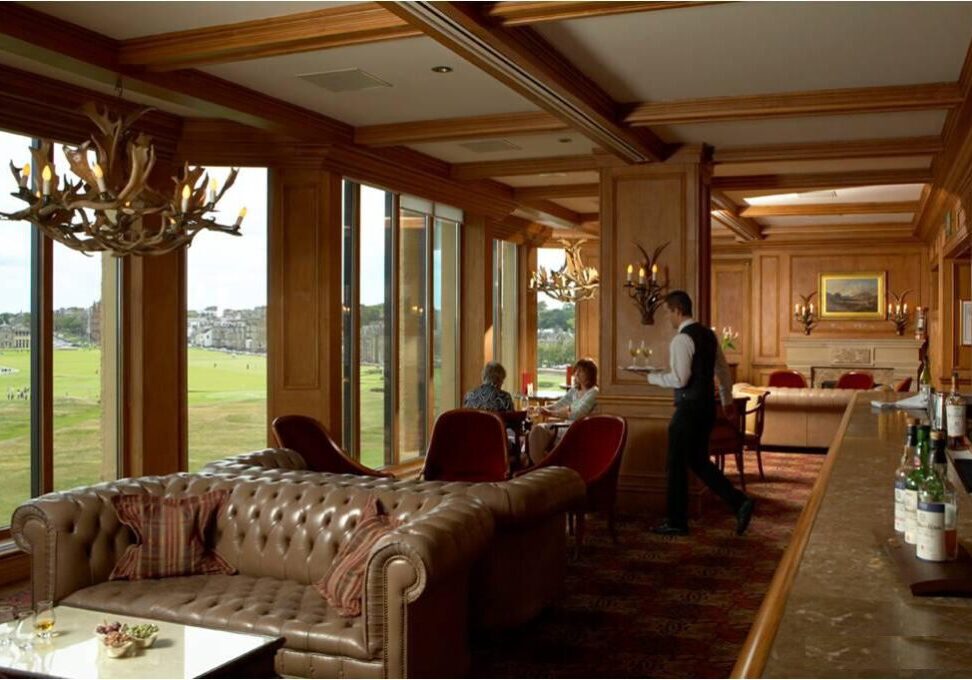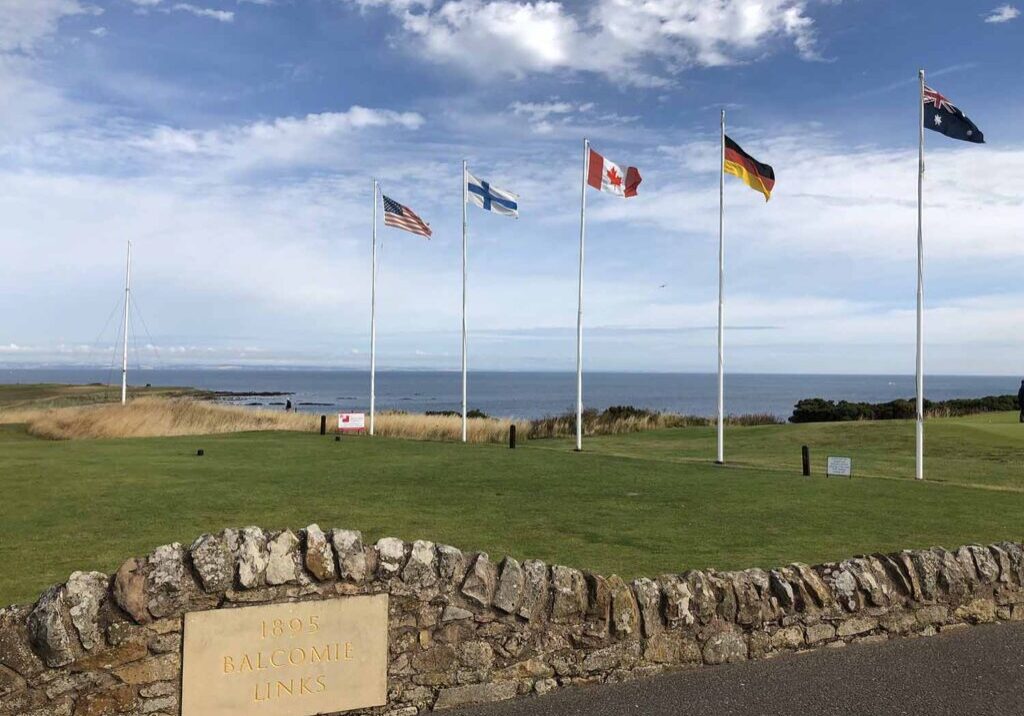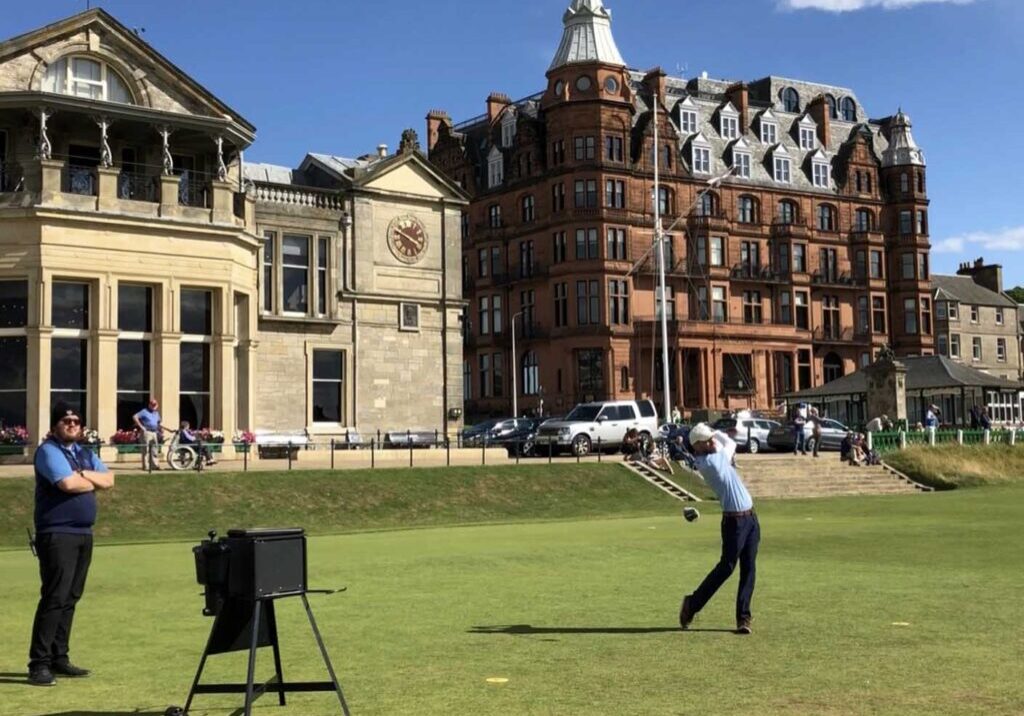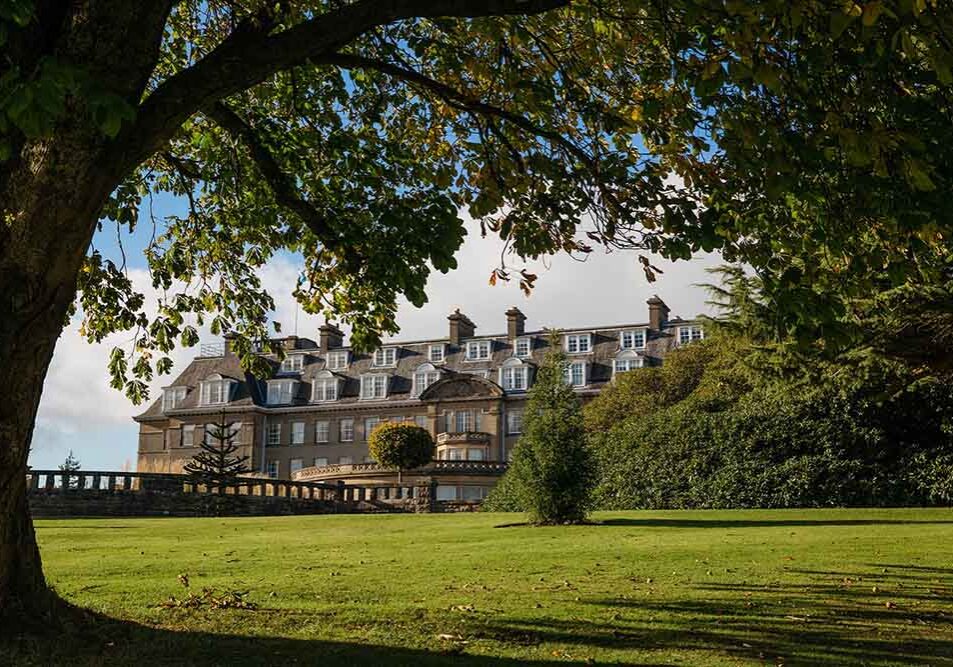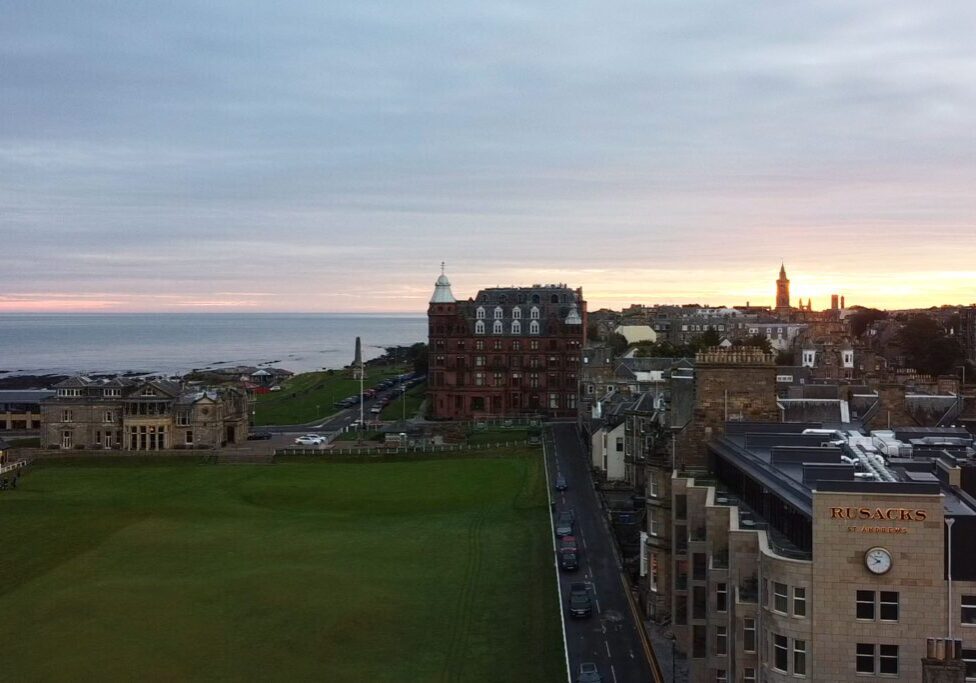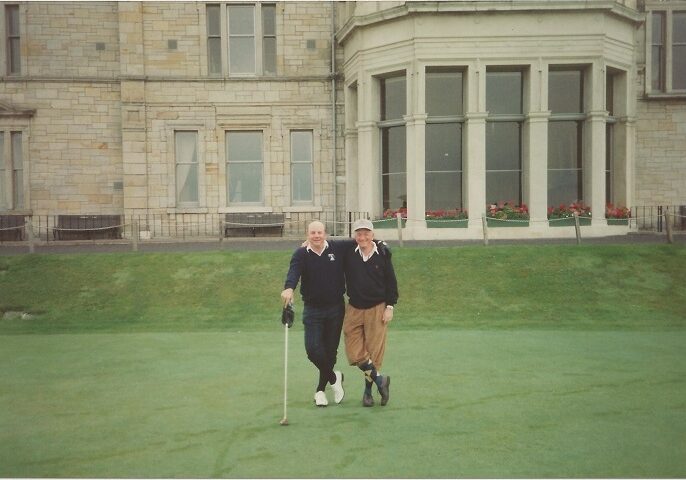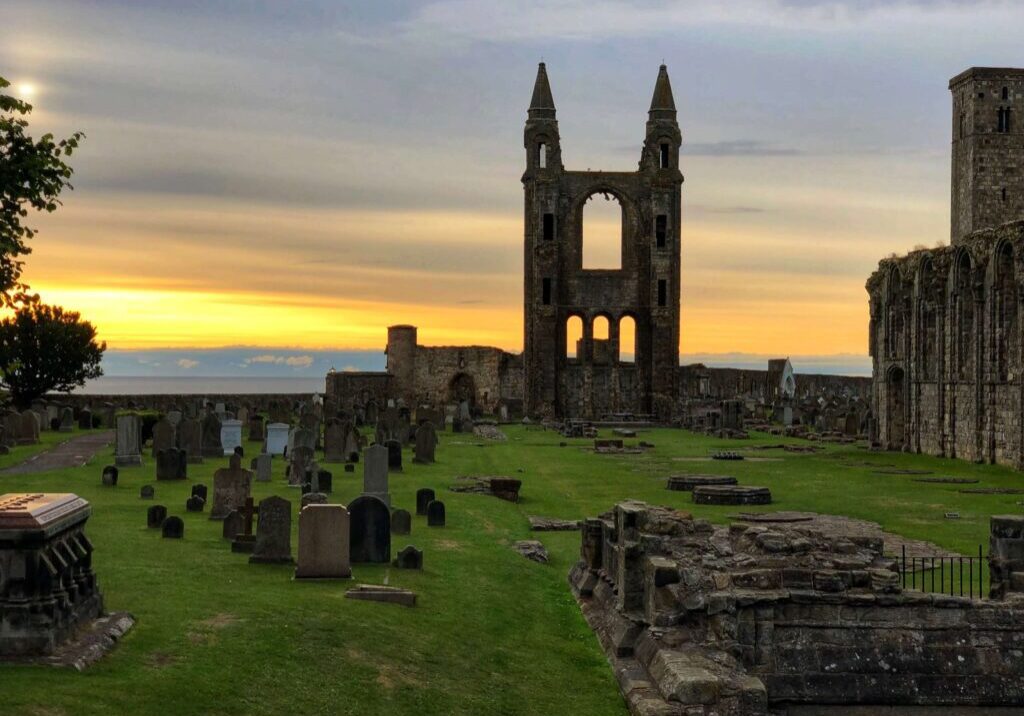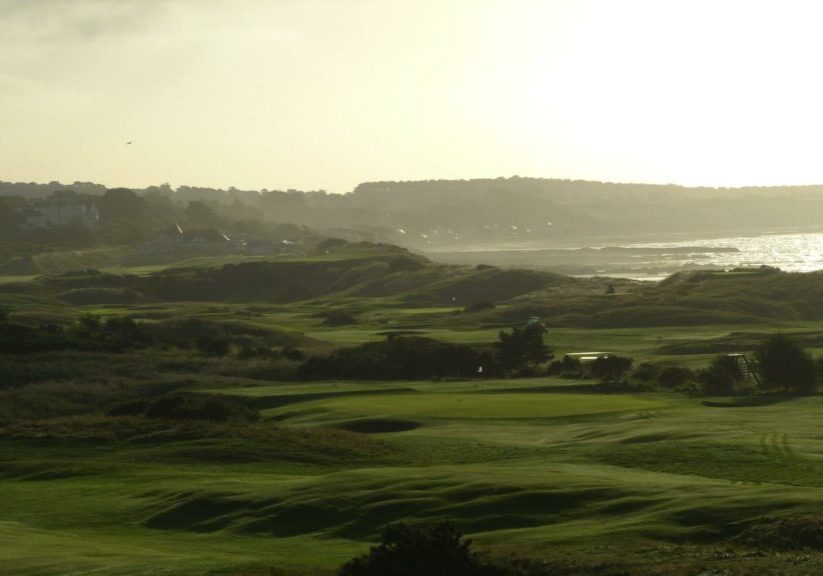
Exploring the St. Andrews New, Jubilee, and Castle Courses
St. Andrews Links Beyond The Old Course
The Old Course at St. Andrews may be the main draw in The Home of Golf, but there are a total of 7 courses in the St. Andrews Links Trust - the organization charged through an Act of Parliament to manage the golf courses on behalf of the townspeople.
Those courses combine to host over 230,000 rounds of golf annually. And while most American visitors are there for The Old Course, a significant number of golfers will play at least one additional Links Trust course during their stay.
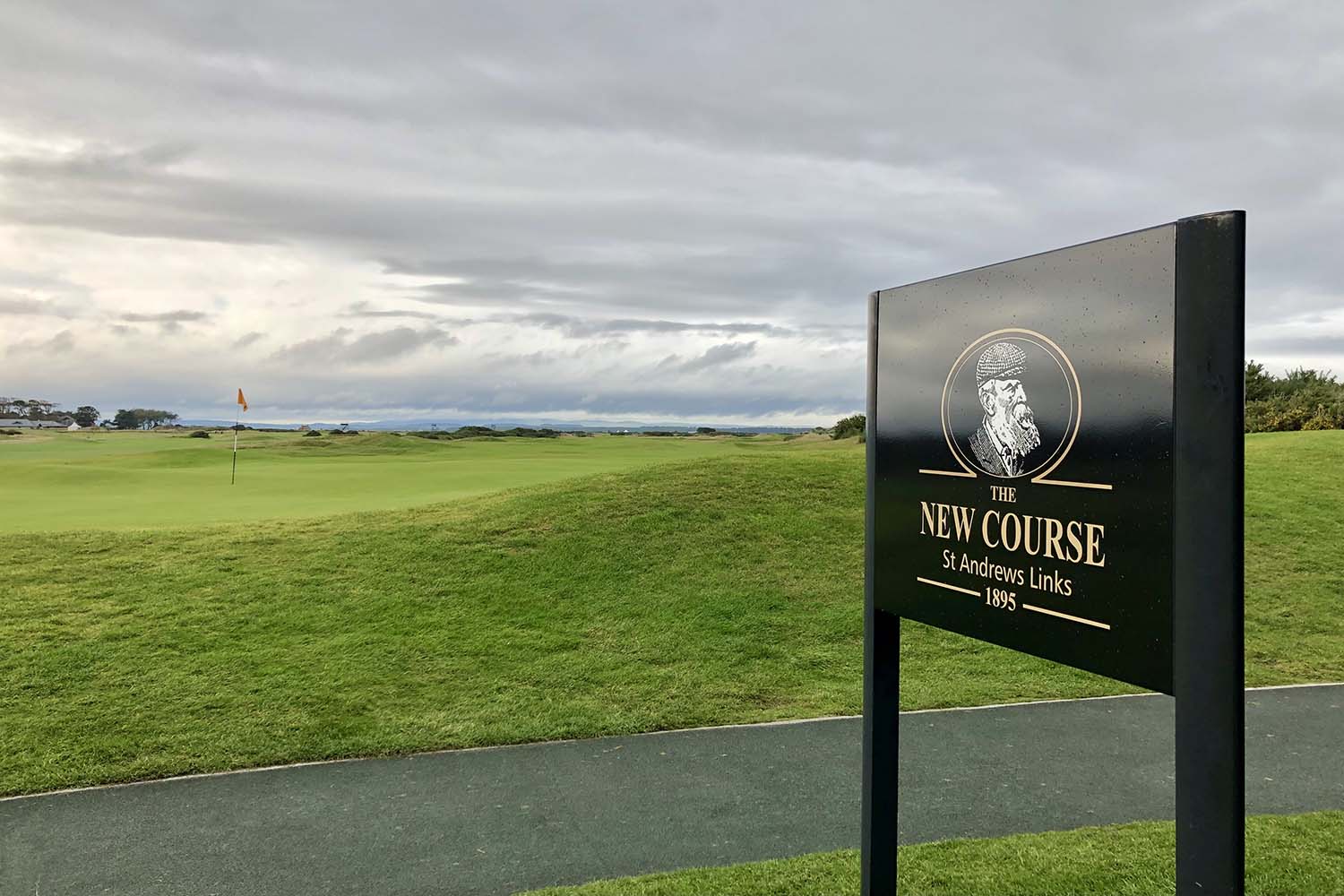
Aside from being worthy of play in their own right, this phenomenon has a simple explanation…
When you book guaranteed Old Course at St. Andrews tee times, an additional round on the New Course, Jubilee Course, or Castle Course is included.
If you’re counting down to a St. Andrews golf trip, your anticipation likely centers on The Old Course, and for good reason.
But here is a preview of what awaits during your extra round on the St. Andrews New, Jubilee, and Castle courses.
St. Andrews New Course
The New Course at St. Andrews was born out of necessity. In the late 19th century, The Old Course - then just known as “the links” - was wildly overcrowded. The game was becoming more popular by the day and the throngs of holiday-makers visiting St. Andrews by way of the new railroad certainly didn’t help things.
The R&A was not happy with the state of affairs and proposed a solution: the club would fund the construction of a new course in exchange for a guaranteed allotment of tee times on both courses.
The town agreed and the R&A promptly set their Keeper of the Green - Old Tom Morris - to the task of designing the new course.
The phrase “new course” also stuck as the official name. In 1895, the New Course at St. Andrews was officially ready for play.
Unlike its older sibling, the New Course is a little more defined from tee to green. There are fewer hidden traps waiting to capture a perfect drive down the middle of the fairway (see: the 12th hole at The Old Course).
In addition, where a poor shot may still find the putting surface on The Old Course - albeit miles from the hole - you’ll want to bring your short game and a little imagination to the New Course.
The St. Andrews New Course reaches its literal and figurative crescendo when it turns back to town at the 9th and 10th holes.
The 9th is a cracking, uphill par-3 that measures to over 220 yards. When the wind is up, the approach will require everything in your bag.
Meanwhile, the par-4 10th hole is equally formidable. The fairway runs downhill through a valley, and requires nothing less than two solid shots to cover the 464 yards. Five on the scorecard here is nothing to be ashamed of.
Although the New Course at St. Andrews is adjacent to its famous counterpart, the round begins and ends slightly removed from the center of town and the always present gallery of tourists and fellow golfers.
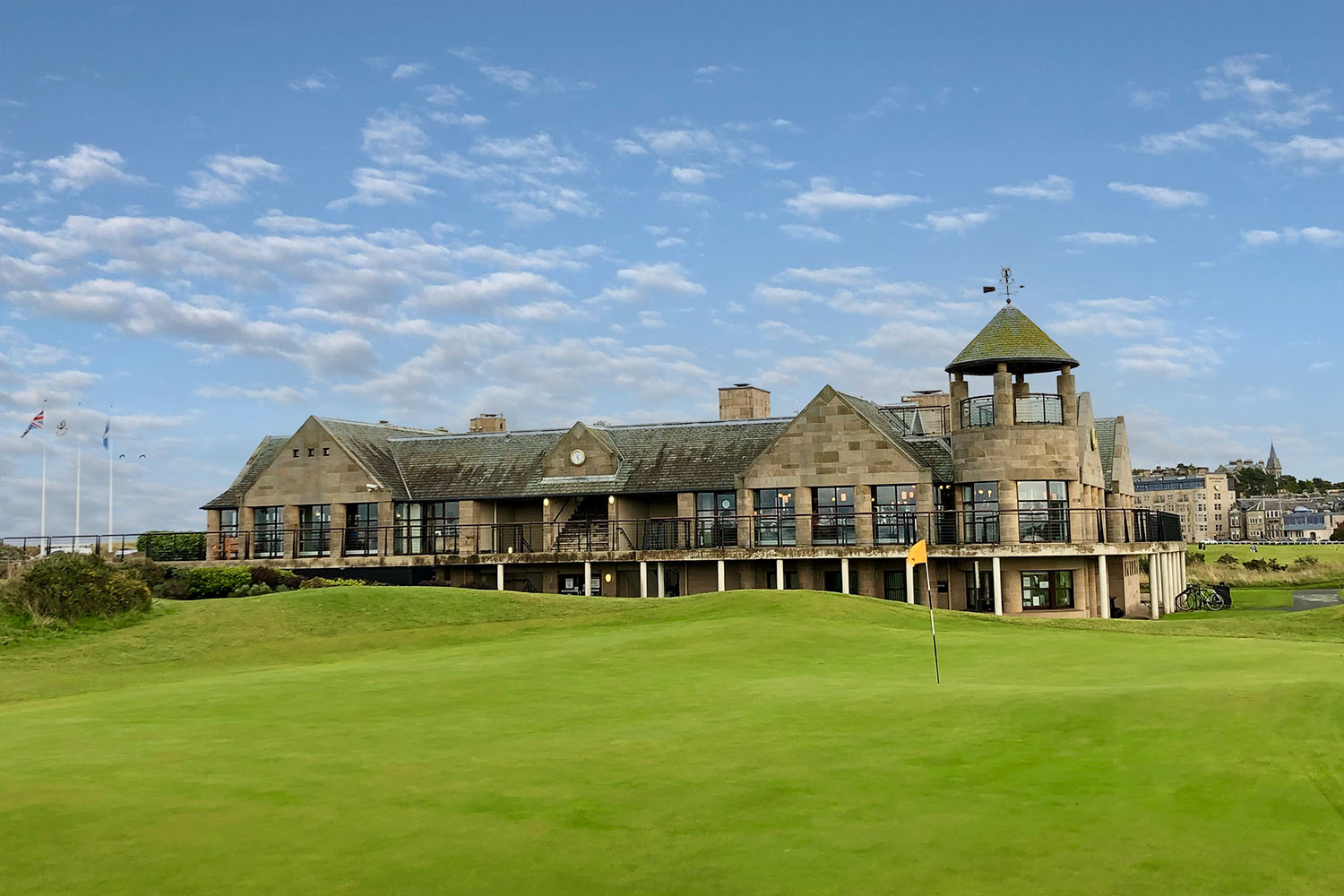
But the sight of the Links Clubhouse looming behind the 18th green adds a little pressure to the finish. Especially when the Tom Morris Bar & Grill (another new place in St. Andrews) is busy and all of the eyes behind the 2nd floor windows are set upon your 4-foot putt.
When the day is done at the “oldest new course in the world,” you’re likely to arrive at a common conclusion…
The New Course isn’t why you came to St. Andrews, but it’s a pretty exceptional bonus.
St. Andrews Jubilee Course
The Jubilee is often regarded by locals and frequent visitors as the most challenging of the seven courses managed by the St. Andrews Links Trust.
The course was named in tribute to Queen Victoria’s Diamond Jubilee and began its life as a 12-hole layout for beginner and junior golfers in St. Andrews to learn the game.
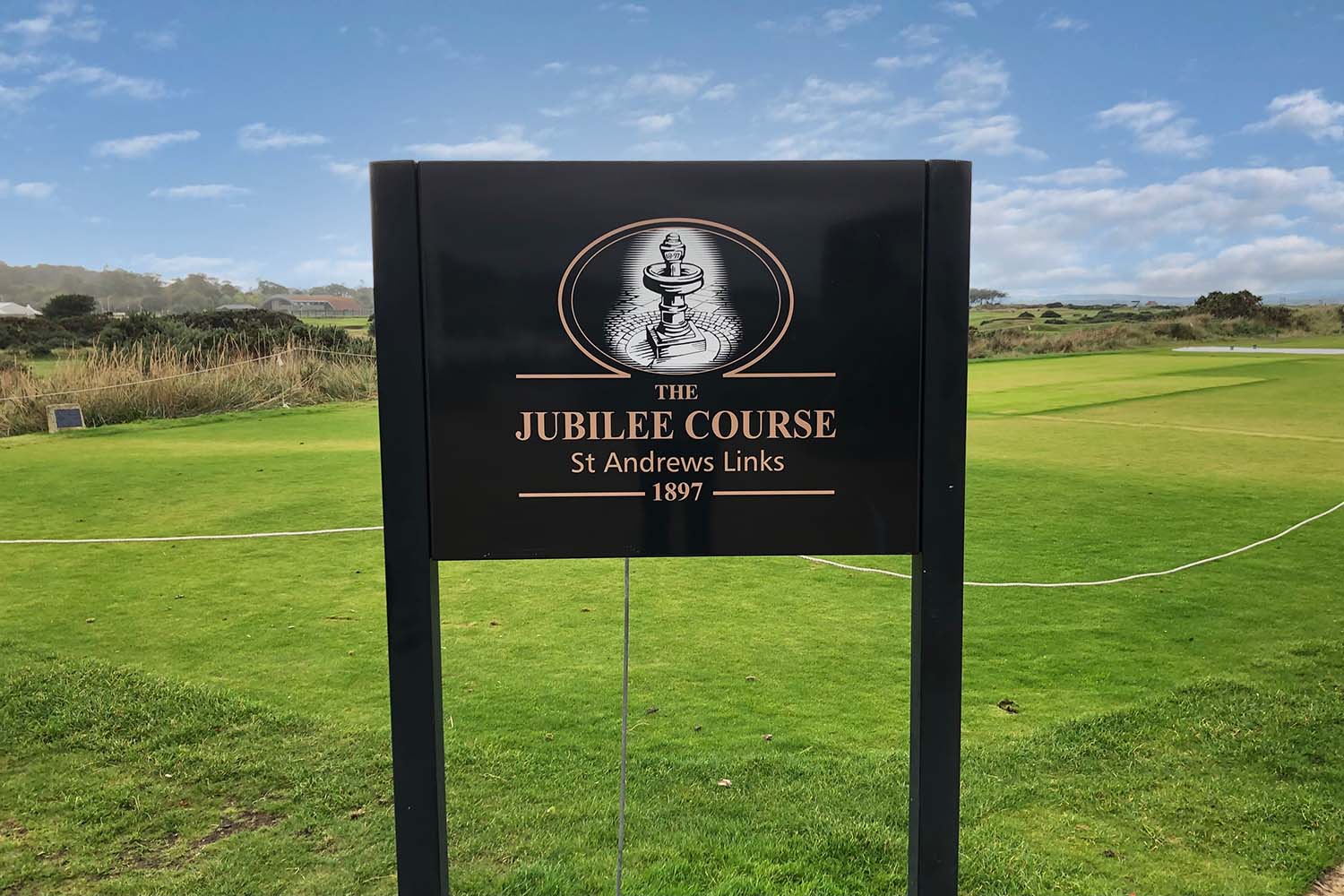
It didn’t take long, however, for the town to realize that the superb piece of terrain that the Jubilee occupies required a full 18-holes. It wasn’t until the late 1980’s that the Jubilee as we know it debuted, thanks to the work of architect Donald Steel.
The St. Andrews Jubilee course is routed through the undulating dunes between the New Course and the sea and features more elevation changes than its neighbors. You’ll also find a number of perched greens and tee boxes throughout the round, which afford some of the best views on the St. Andrews Links.
Some of the best golf on the Jubilee is found at the far end of the links. The par-4 8th runs along the shores of the River Eden and is sure to find a place in the memory bank. The same is true of the par-3 9th, which turns to face the ancient town. What makes this part of the course interesting, however, is the variety of wind direction, with the 8th through 13th holes touching every point on the compass.
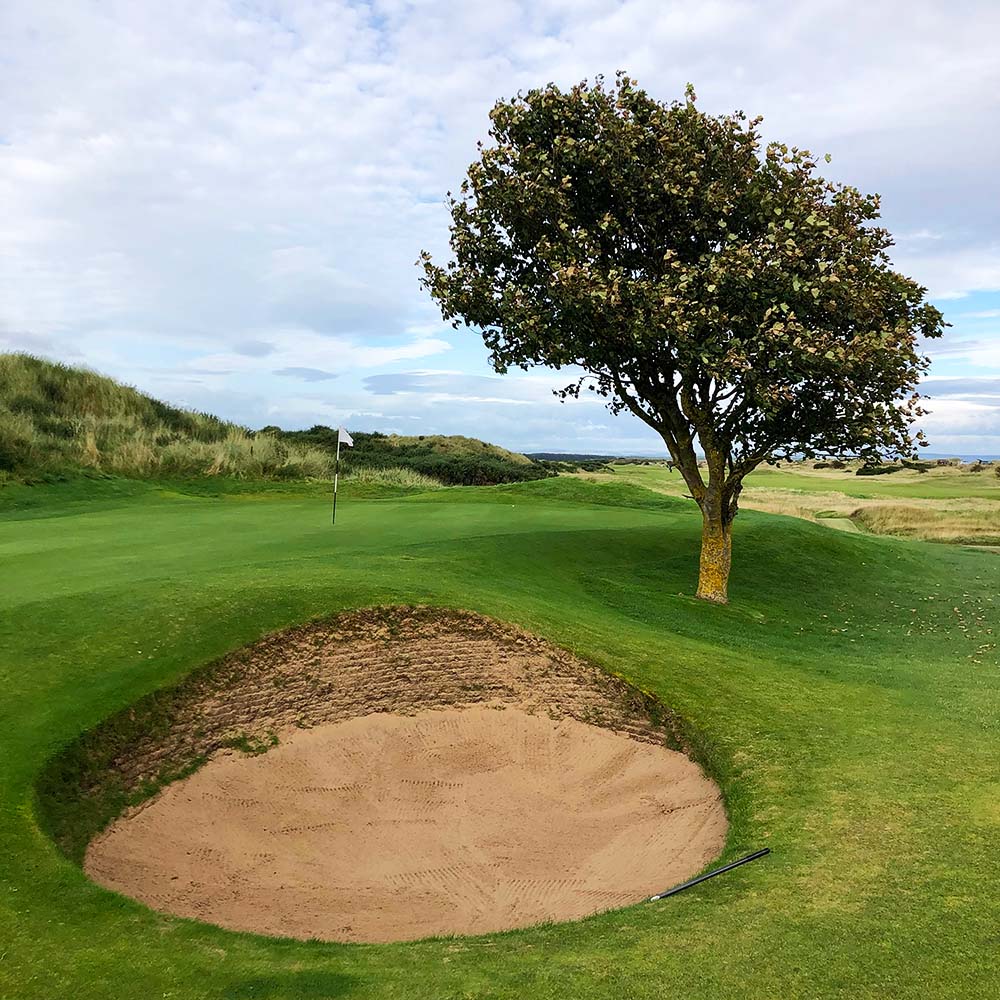
But when it comes to memorable moments, the 15th hole on the Jubilee course is unlike anything else you’ll see on the St. Andrews Links. The approach is played to a green perched among the dunes with a steep false front ready to punish the poor approach.
Whether the Jubilee is the most difficult of the St. Andrews courses will depend on the individual golfer.
But if you end up with the Jubilee as your extra round in St. Andrews, the variety of holes and shots required is certain to provide an enjoyable test of golf.
St. Andrews Castle Course
When Kingsbarns Golf Links debuted in 2000, it proved that a modern links course could stand alongside those of St. Andrews, The Home of Golf. Less than a decade later, the Links Trust decided to put this theory to the test with the St. Andrews Castle Course.
Architect David McLay Kidd, best known for his remarkable design at Bandon Dunes, transformed a barren piece of farmland on the edge of town into a roller coaster ride of links golf.
Unlike Kingsbarns, which has earned almost universal praise for 20-years, the Castle course has divided opinions since the moment it opened in 2008.
Early on, the critics were loud and often abundant. Fellow architect Tom Doak famously awarded Kidd’s work at the Castle a 0 out of 10 in his Confidential Guide to Golf Courses. Others panned the course as too severe and bordering on the unplayable.
On the other hand, the Castle had its share of allies in the debate. What some called unplayable others saw as simply golf that required a bit of imagination. They also pointed to the greatest asset of the Castle course…
The spectacular views.
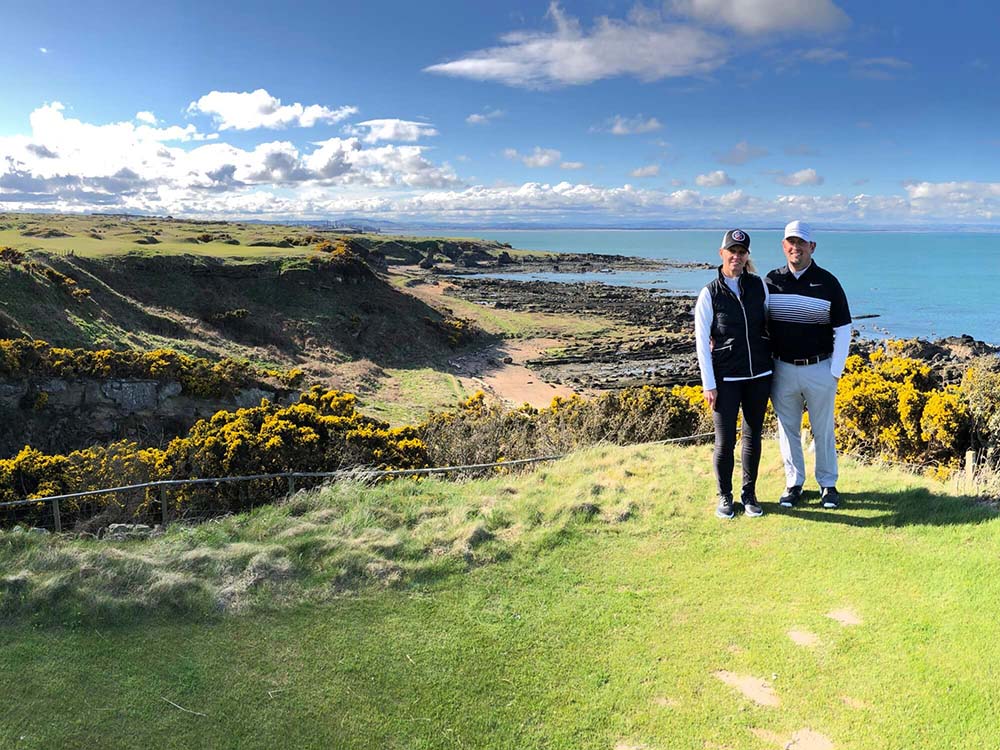
If you can manage to have a bad time here, they argued, you’re probably doing it wrong.
After all, the par-3 17th hole, pressed hard against the sea with the ancient town standing as backdrop, is by itself worth the price of admission.
Still, it was clear that something needed to change at the Castle course. Over the years, greens have been softened and some of the other annoyances around the course have been removed.
While it’s unclear if the work has won over any of the critics, the drumbeat against the Castle is certainly not as loud as it once was.
If you end up with the Castle course as your additional round in St. Andrews, we suggest packing your patience, imagination, and especially your camera. Because everyone can agree the setting is nothing short of sublime.
Additional Reading
Visit the Yardage Book for More Golf Travel Resources

Download Your Complete Guide to The Home of Golf
The Complete Guide to
Scotland Golf Travel
What's covered in this free 40+ page guide:
- The best regions for golf in Scotland.
- Old Course at St. Andrews tee times.
- Where to enjoy the Good Life between rounds.
- Lesser known courses you should play.
Plus links to over 50 additional guides and resources.
By downloading up you agree to receive marketing communications from Haversham & Baker and have read our privacy policy.
Discover More of Golf at its Finest with H&B






